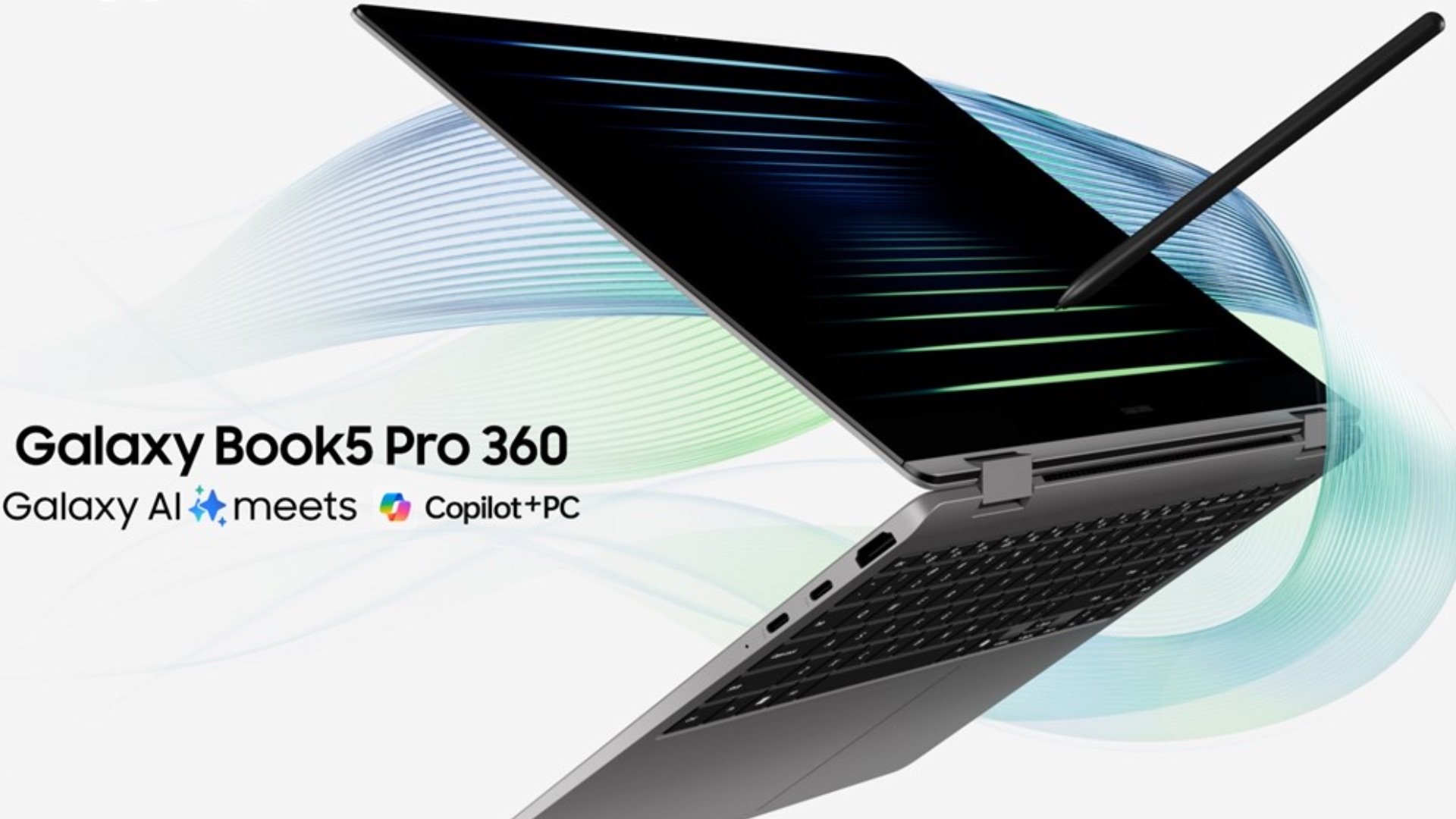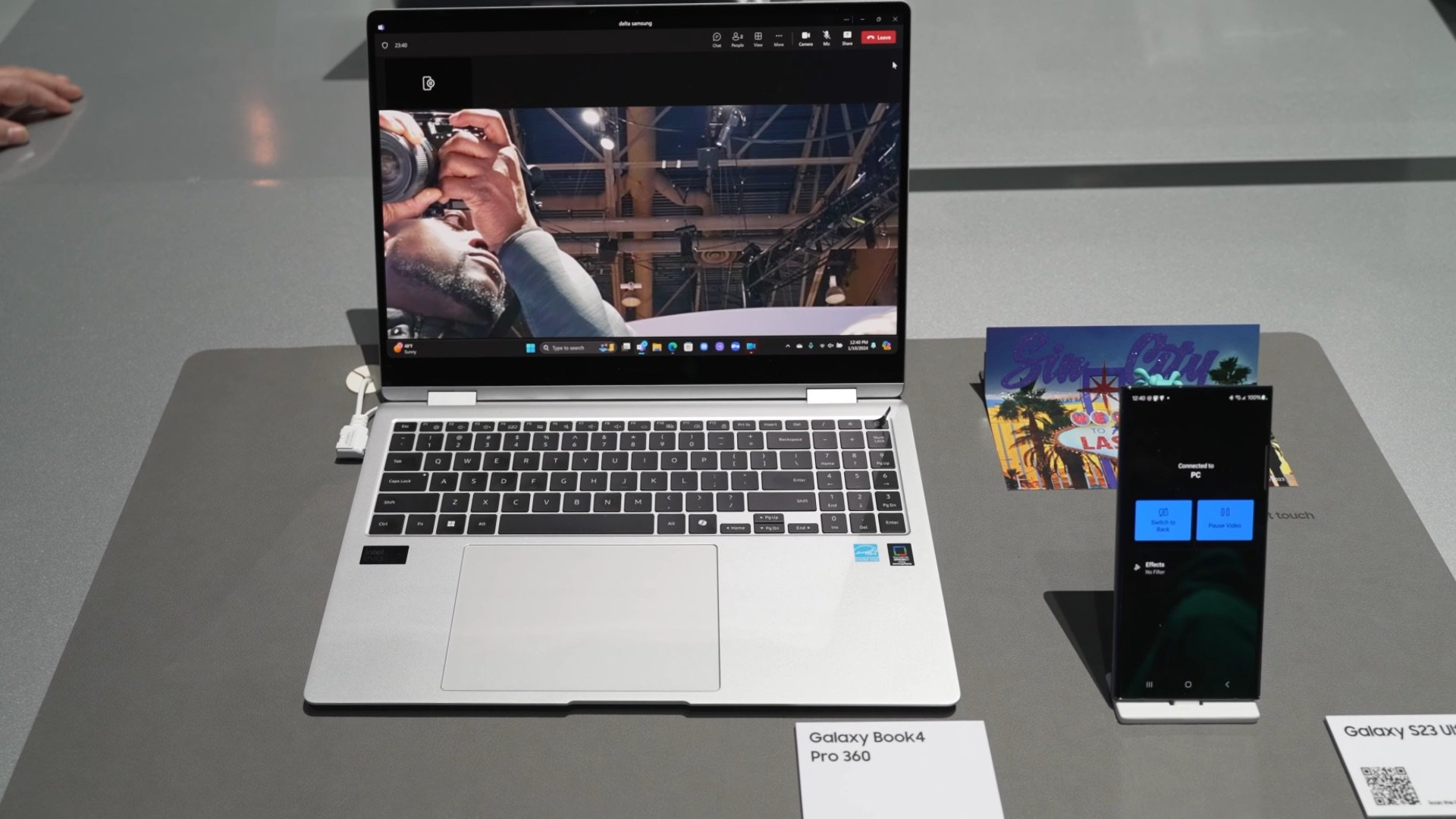
And yet that still left the California-based company with revenues in excess of $70 billion, keeping it way ahead of Samsung. That's according to a new market report from Gartner.
What will it take for Samsung to reclaim the chipmaking throne?
Samsung's foundry already experienced what it means to be on the top of the world, if ever so briefly. After all, it was only a year ago that Intel managed to reclaim the title of the world's largest semiconductor manufacturer.
But even a brief stint in the leading position was a remarkable achievement for Samsung. Because its 2018 undertaking put an end to Intel's historic reign spanning nearly a quarter of a century. Not to mention that Samsung's 2020 semiconductor revenues dwarf those of the next two largest players combined, as the above table illustrates.
Looking at the bigger picture, the industry's 2020 growth was fueled by a combination of comparably influential factors: strong server demand, respectable 5G smartphone sales, and even a booming demand for CPUs, DRAM, and NAND flash memory. In other words, the year of the lockdown unsurprisingly led to many new PC orders from both consumers and enterprise customers.
Finally, Samsung's near-term outlook in the space is promising, to say the least. Primarily because it appears the foundry market is close to ushering in another super-cycle.


















